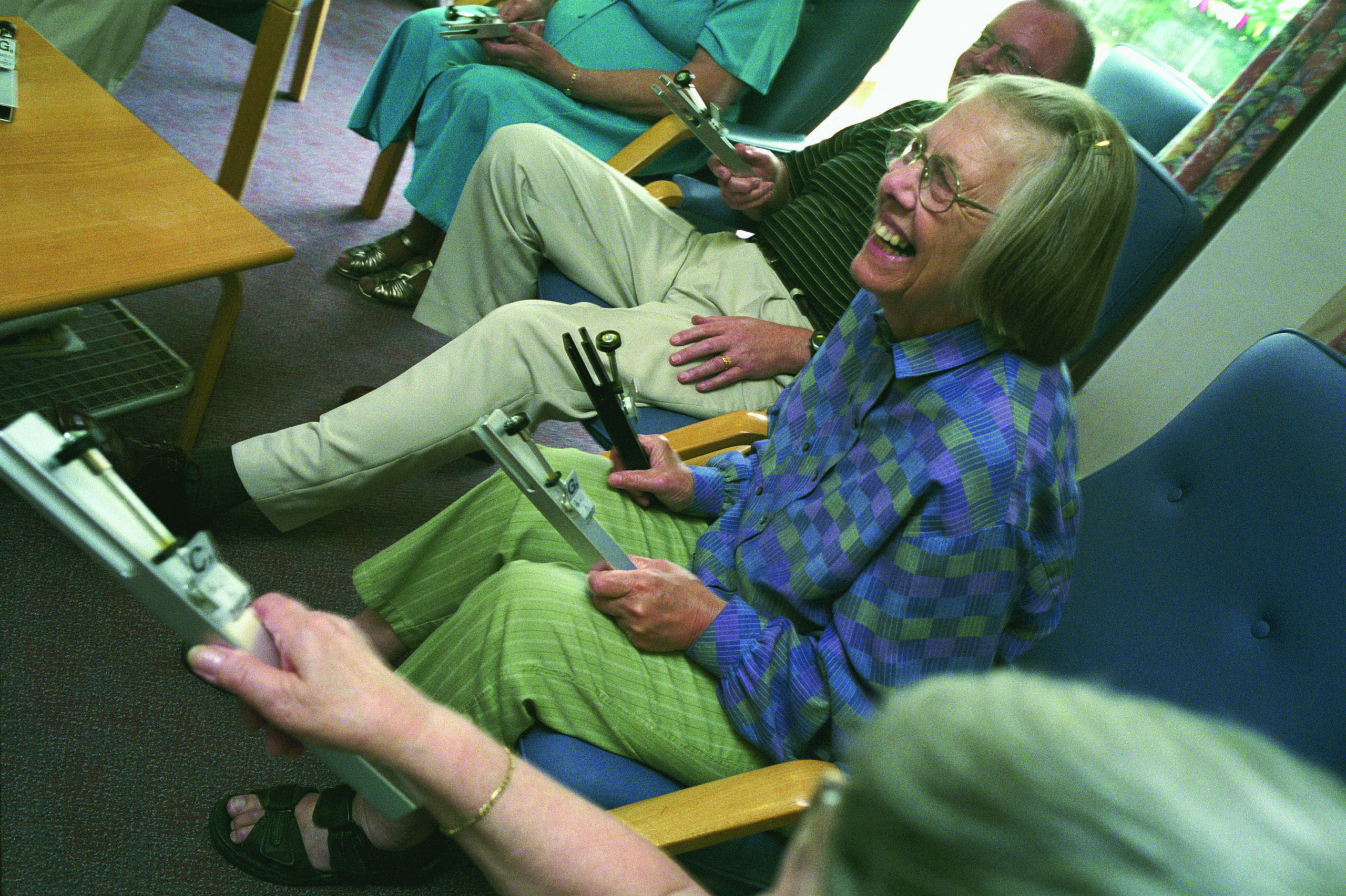The challenge
Denis Greenwood manages the Residential Finding Service, part of the bed brokerage function at Lancashire County Council.
Denis and his team have a comprehensive knowledge of the local care home market and work diligently to ensure people in Lancashire make an informed choice when it comes to selecting a care home placement.
Our response:
Denis described how Capacity Tracker plays a key role in supporting patient choice and hospital discharge: “We’re always keen that a person’s choice and preference should not be compromised, despite the pressures around hospital discharge.
“Capacity Tracker puts care home information at our fingertips, so we can give families that all-important choice. We want to help service users and relatives make the best decision for themselves and their loved ones when moving into a care home.”
Denis noted that prior to using Capacity Tracker it took his service on average five days to source a care home placement. This now takes around 48 hours. Capacity Tracker has supported the continuous improvement the service strives for in Lancashire.
Denis highlighted one example of how the platform benefits decision-making. “There was a gentleman in a car accident who had no care needs beforehand. He ended up in hospital with an acquired brain injury, needing 24-hour care on discharge. The family had no idea of what was available or indeed required – that’s where we come in. By searching and sourcing placements on Capacity Tracker, we free up social work resource so they can do what they are trained to do. Capacity Tracker means we don’t have to waste time ringing around numerous care providers trying to find the right placement.”

Outcomes
From a provider perspective, using Capacity Tracker minimises and reduces the burden of speculative calls.
“In the new year, we want to get into a position where we can say to our providers ‘if you don’t tell us about bed vacancies on Capacity Tracker we will no longer approach for new business,” said Denis.
“The market is highly competitive and the pressures on patient flow in hospitals remains very high. From a bed brokerage perspective, Capacity Tracker is our first port of call.”
Denis added: “I’m a Capacity Tracker System Champion. The bulk of our workload is hospital discharge and my service logs into Capacity Tracker 10-15 times a day. When I meet with providers I always let them know the importance of keeping Capacity Tracker information up to date. It’s vital that providers see the bigger picture. Completing Capacity Tracker contributes to patient flow. We work in close partnership with providers to support with updating Capacity Tracker. We are seeing a great return in the North West.”
Denis and his team are dedicated to delivering a safe and effective service. He concluded: “The most rewarding factor, in this line of work, is seeing the end results – families happy that they have been provided with a choice of care placements and guided through what can be a very tough situation.”
“Capacity Tracker puts care home information at our fingertips, so we can give families that all important choice. We want to help service users and relatives make the best decision for themselves and loved ones when moving into a care home.
“Capacity Tracker means we don’t have to waste time ringing around numerous care providers trying to find the right placement. From a bed brokerage perspective, Capacity Tracker is our first port of call.”

